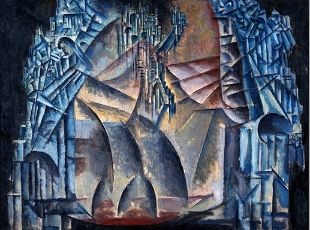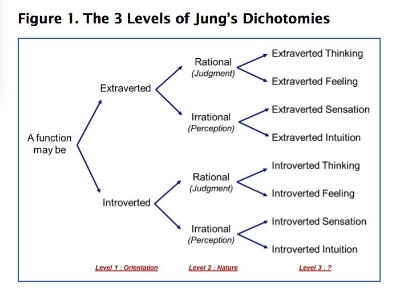- Joined
- Dec 23, 2009
- Messages
- 26,581
- MBTI Type
- INTJ
- Enneagram
- 6w5
- Instinctual Variant
- sx/sp

Working with Myers-Briggs typology for many years now, and willing to explore more deeply all the potential of this approach, I find, like many of you, that I have no other choice than to develop a better understanding of the eight function attitudes. Even though many contemporary books, most of them in English, help a lot in getting a good grasp of the function attitudes, we reach a point where it becomes beneficial to confront all this knowledge at the source: the psychological types of C.G. Jung.
Returning to the source brings a lot of valuable information and from this research journey, done with my colleague Philippe Beuret, we came back with a new interpretation of the ‘articulation’ of the functions. We found that Jung’s approach is, in a way, very Ti oriented (introverted thinking). The way he approaches the functions looks like a classification job, and reading Chapter X of Psychological Types, shows a logical way of splitting all functions of the psyche into eight irreducible ones.

In fact Jung made it quite clear about the first two levels, which are explained in detail. However, when he applied the third dichotomous level, he never explained it, nor presented it in broad and independent perspective. The third level was always simply presented in context. In his work with psychological type, C.G. Jung started with what he sees as a primary dichotomy split, the ‘orientation of energy’ which divided psychological functions into two groups:
- on one side, functions oriented toward the external world and the object,
- on the other side, functions oriented toward the internal world and the subject.
- on one side, “rational†functions with a judgment goal,
- on the other side, “irrational’ functions with a perception goal.
Full Personality Type In Depth Article Here
